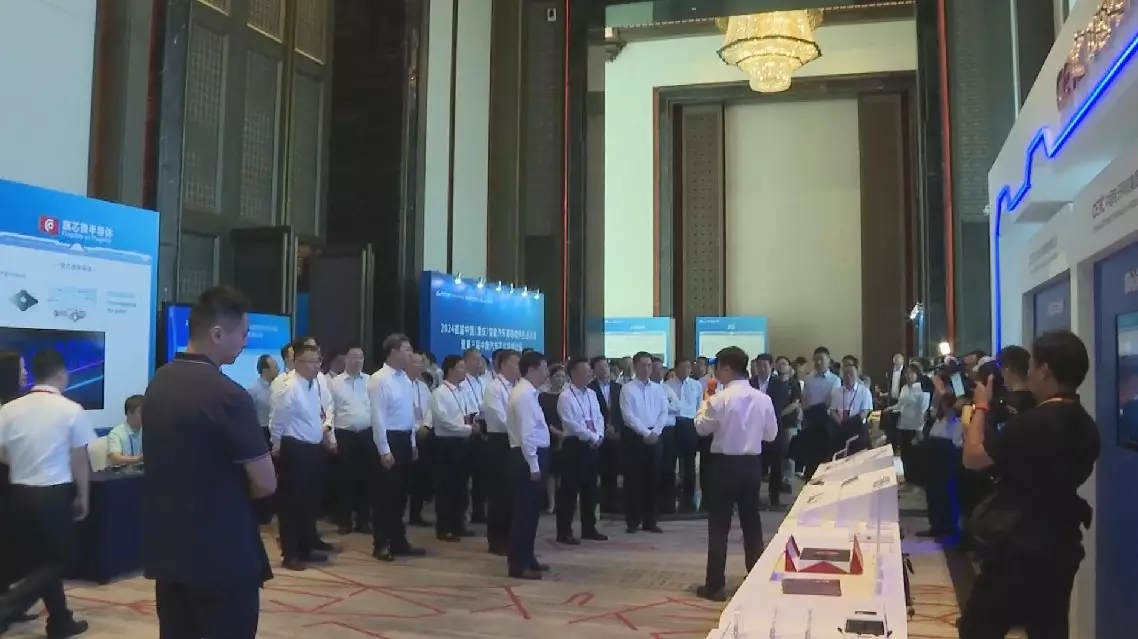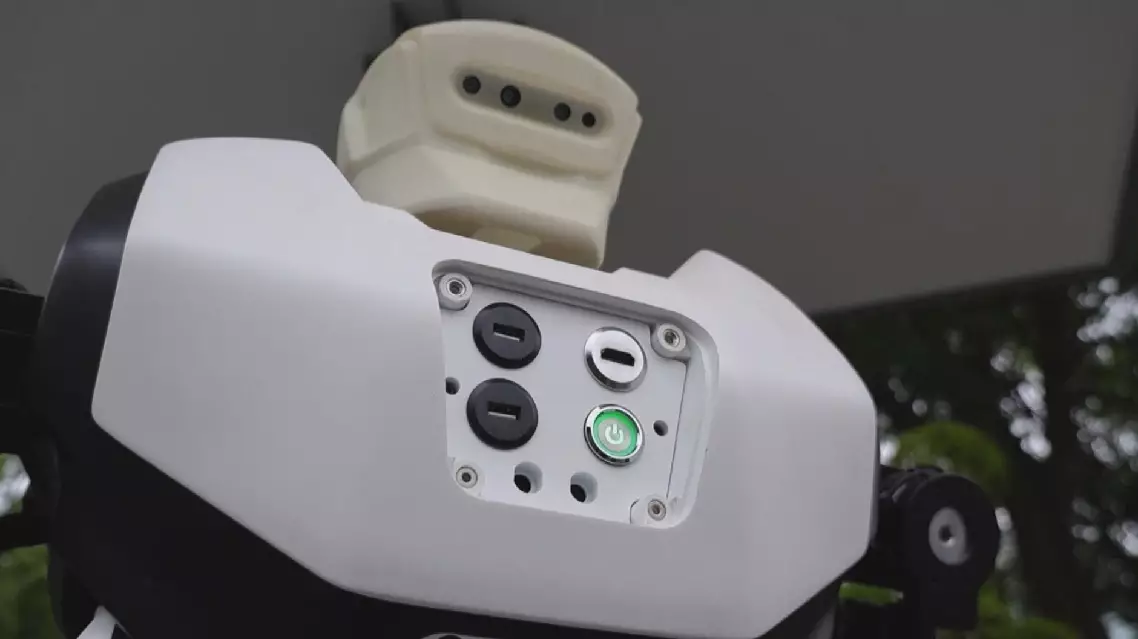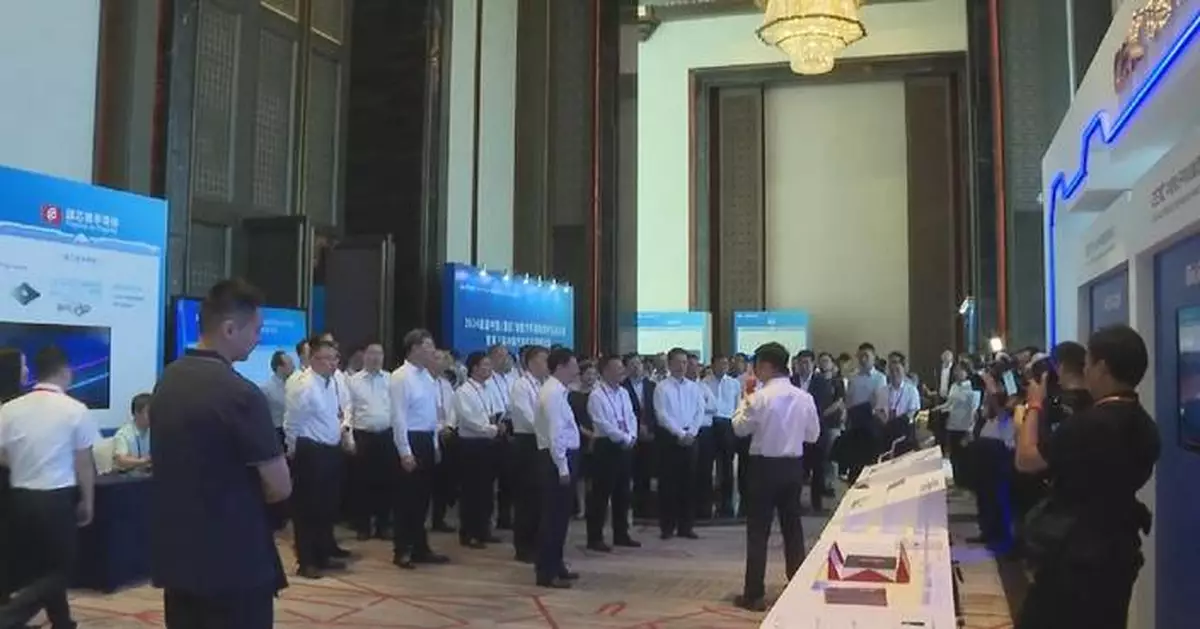Automotive software plays a key role in driving the digital transformation of the auto industry, said an official with the Ministry of Industry and Information Technology (MIIT) on Tuesday in southwest China's Chongqing Municipality.
The city hosted the China's inaugural Intelligent Vehicle Software Ecology Conference from Monday to Tuesday, drawing to it over 500 experts, scholars and corporate representatives for in-depth discussions over topics such as automotive operating systems, chips, open source models, and the synergy of software and hardware.
"We plan to carry out open source projects in key areas such as intelligent driving, build high-quality open source communities, and establish an open source ecological community. We want to use open source models to promote the innovative development of basic software for smart cars," said Wang Yanqing, director of the MIIT's Department of Information Technology Development.
An official with the State-owned Assets Supervision and Administration Commission of the State Council (SASAC) pledged to promote the integrated development of the industrial chains of centrally administered state-owned enterprises (SOEs) and work with companies of all sizes that are involved in the supply chains and specialized and sophisticated small and medium-sized enterprises (SMEs) to build open source platforms.
"We will support the application of basic automotive software and automotive chips, accelerate iteration, and work with various entities to create an industrial ecosystem that is integrated and mutually beneficial to deliver win-win results," said Gou Ping, vice chairman of SASAC.

China to build smart automotive software industry through open source communities
Police department in Mianyang City of southwest China's Sichuan Province has deployed robots to assist human officers with patrols, traffic management and law enforcement tasks.
The robot officers have been deployed on Mianyang's streets help manage traffic during rush hours, from 08:00 in the morning to 17:00 in the afternoon.
These humanoid robots, designed to interact with their surroundings with multi-model AI capabilities, work efficiently alongside human officers in maintaining smooth traffic flow.
"It's my first time to see a robot directing traffic, which is an impressive way to remind people of following traffic rules," said Xie Yun, a local resident.
The city's police department has also added robot dogs to their public safety toolkit. Police-released footage shows a robotic dog assisting SWAT teams in a training exercise, subduing a suspect by firing a non-lethal restraint net during a simulated school attack.
The robot dog's exceptional performance in the training was aided by four surround-view lenses it carried and a 360-degree panoramic camera on top of its head that is capable of capturing real-time surroundings scenes and transmitting the signals to the police monitoring system.
With the network, the robot dogs can conduct regular inspection and patrol on their own.
"Because the robot dogs are capable of assisting human police officers, conducting unobtrusive identity checks and autonomous patrol, and performing non-lethal restraint, we deploy them in business districts, by artificial lakes and in sci-tech parks to carry out policing duties such as routine patrol," said Wang Jianhai, director of the Intelligence Command Center of the Science and Technology City New District Branch of the Mianyang Public Security Bureau.

Sichuan police deploy robot officers to assist in law enforcement





















































